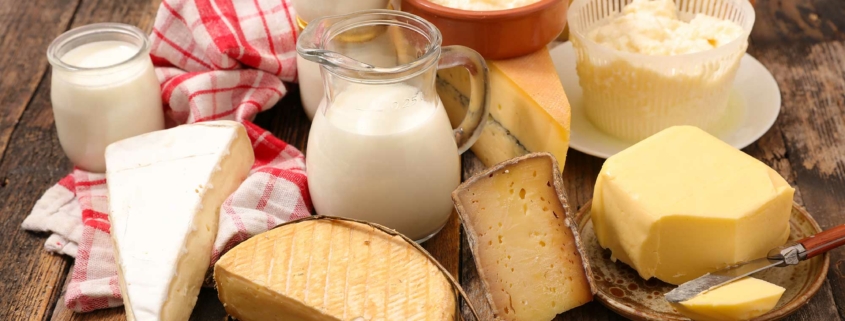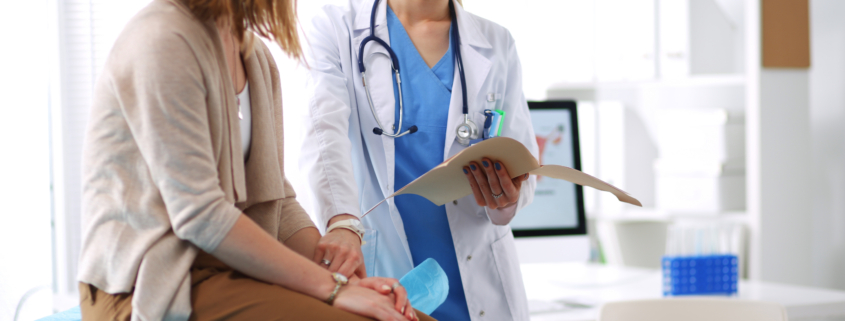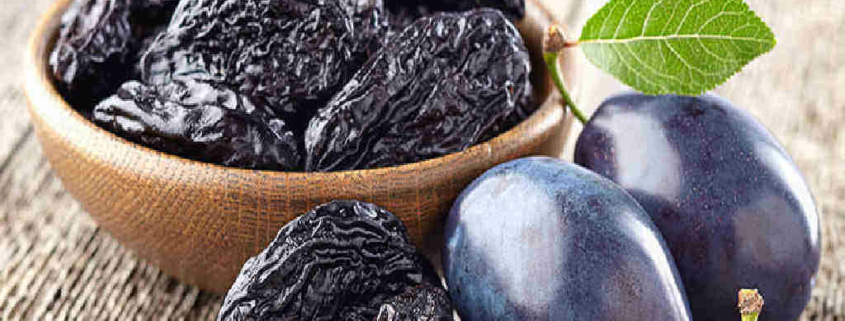I started watching Ina Garten on the Food Network about ten years ago, when I first attempted to make food from scratch instead of from boxes. She told me to buy “good vanilla” and “good olive oil.” So, I did that. When holiday time came, Ina’s advice was to never spare the butter and to always have extra chicken broth on-hand. I did that too. Afterall, if Ina said it, even if it was a little pricier and a bit more work, I was on it.
Her food is aspirational. Like trying to dance or sing—I’m not going to do it perfectly, but I’m going to be better for having tried. And I figure, the more I try, the better I’ll get (okay, maybe that’s not true for the singing).
But in a twist that felt like a departure from her usual commandments, this year, Ina told us to head to the supermarket and stock up on packages in a New York Times article titled, “Ina Garten’s Store-Bought Thanksgiving: To make the holiday easier for home cooks, we asked the culinary contessa to create a menu that lets premade ingredients do much of the work.”
Reading the headline, I felt gut-punched. If Ina was giving up, what hope was there for us mere mortals? But reading the article, I began to get inspired. In my book, Eat Everything, I devote an entire chapter to making more gut-friendly foods with ready-made ingredients that are less processed. Instead of just everyday foods, could the same strategy also work to make holiday meals more gut-friendly?
I decided, like my idol Ina did, to find out.
Pie is not only a Thanksgiving and Christmas staple but a classic American dessert.
 And the filling generally isn’t the hard part. It’s the crust that can throw us off track. Could I find a decent pie dough that didn’t have emulsifiers and dough conditioners? I went to Whole Foods to find out.
And the filling generally isn’t the hard part. It’s the crust that can throw us off track. Could I find a decent pie dough that didn’t have emulsifiers and dough conditioners? I went to Whole Foods to find out.
Wholly Wholesome has a crust that is just flour, palm fruit shortening (which they state is “responsibly sourced”), water, sugar, and salt. No emulsifiers, but also not in stock on the day I went. Instead, Whole Foods was carrying the unrolled-out version by the same company, which contained both guar gum and locust bean gum.
These gum additives have been shown to disrupt the gut microbiome and people seem to feel much better when they cut them out.
So, I also looked at their gluten-free version even though, in general, I eat all the gluten I can. And to my surprise, no gums in the gluten-free pie crust! These gum additives have been shown to disrupt the gut microbiome and people seem to feel much better when they cut them out. There were two reasonable options for ready-made pie crust out there (and I wound up finding another at Trader Joe’s a few days later). The key is to always check the ingredient list, even from a brand you might trust.
Next up, potatoes—a holiday table must-have.
 Ina suggests that there are good frozen or refrigerated mashed potatoes out there if you add enough sour cream, parmesan, butter, salt and pepper to the pre-prepared stuff. And it’s true for your gut too.There are brands of pre-mashed potatoes like Simply Potatoes that don’t have much else added to them except for dextrose (which is a simple sugar) and a few probably “okay” preservatives.
Ina suggests that there are good frozen or refrigerated mashed potatoes out there if you add enough sour cream, parmesan, butter, salt and pepper to the pre-prepared stuff. And it’s true for your gut too.There are brands of pre-mashed potatoes like Simply Potatoes that don’t have much else added to them except for dextrose (which is a simple sugar) and a few probably “okay” preservatives.
Check the sour cream for additives (the affordable Daisy brand has none!) and please take a minute to grate your own parmesan from a block to avoid gut-roiling added anti-caking agents. If you are celebrating Hanukkah (I am!), you can get shredded, frozen potatoes to make latkes—a huge time saver—with the same dextrose and probably “okay” preservatives as the mashed stuff. Just remember to defrost and then drain the shredded potatoes on paper towels to get as much of the moisture out as possible before you mix in the egg, onion, salt and pepper, and fry until golden.
Finally, the main course.
If you are tired of turkey after Thanksgiving, so tired in fact that you don’t feel like making anything at all, you could always pick up a rotisserie chicken, or three. But be careful, a lot of store-prepared poultry has flavor-enhancing additives like maltodextrin that you probably want to avoid if you are going for stomach-safe. Many stores will sell chicken that is just chicken, but don’t forget to check how it’s seasoned for a happier holiday.
We’ve been given permission to make holiday cooking easier to do, now we can also harness our ability to make the shortcuts easier on our stomachs, too.








